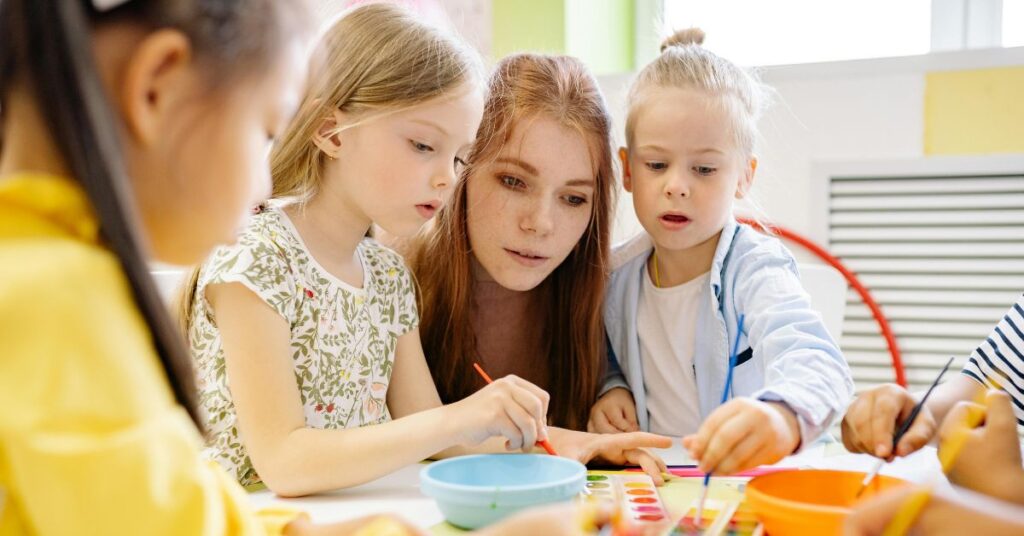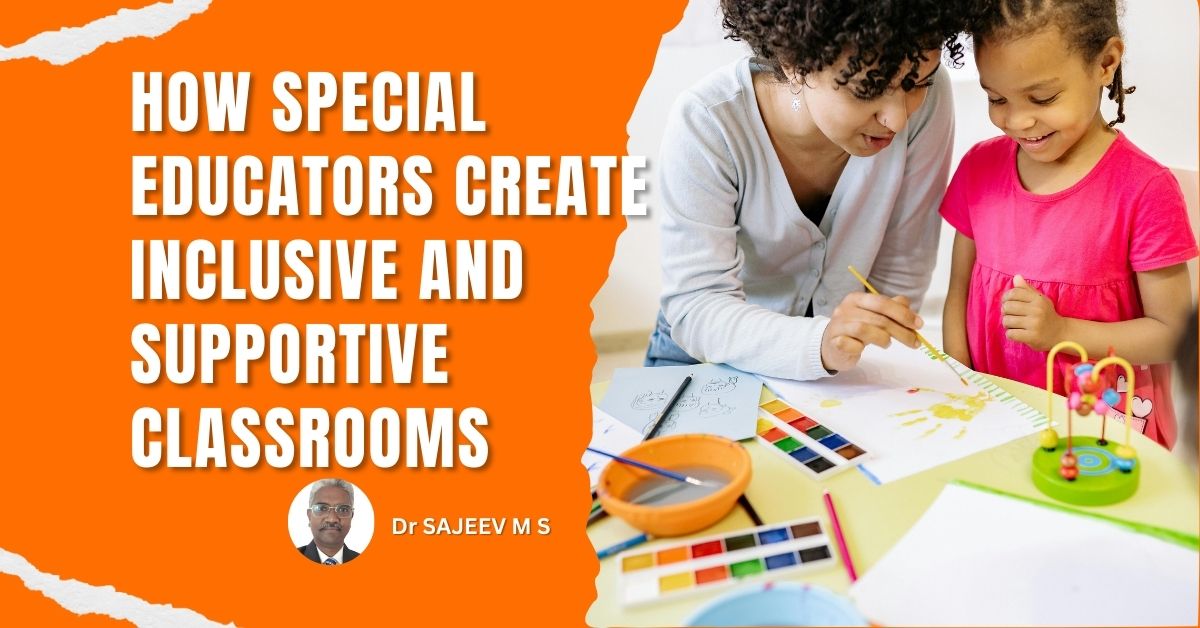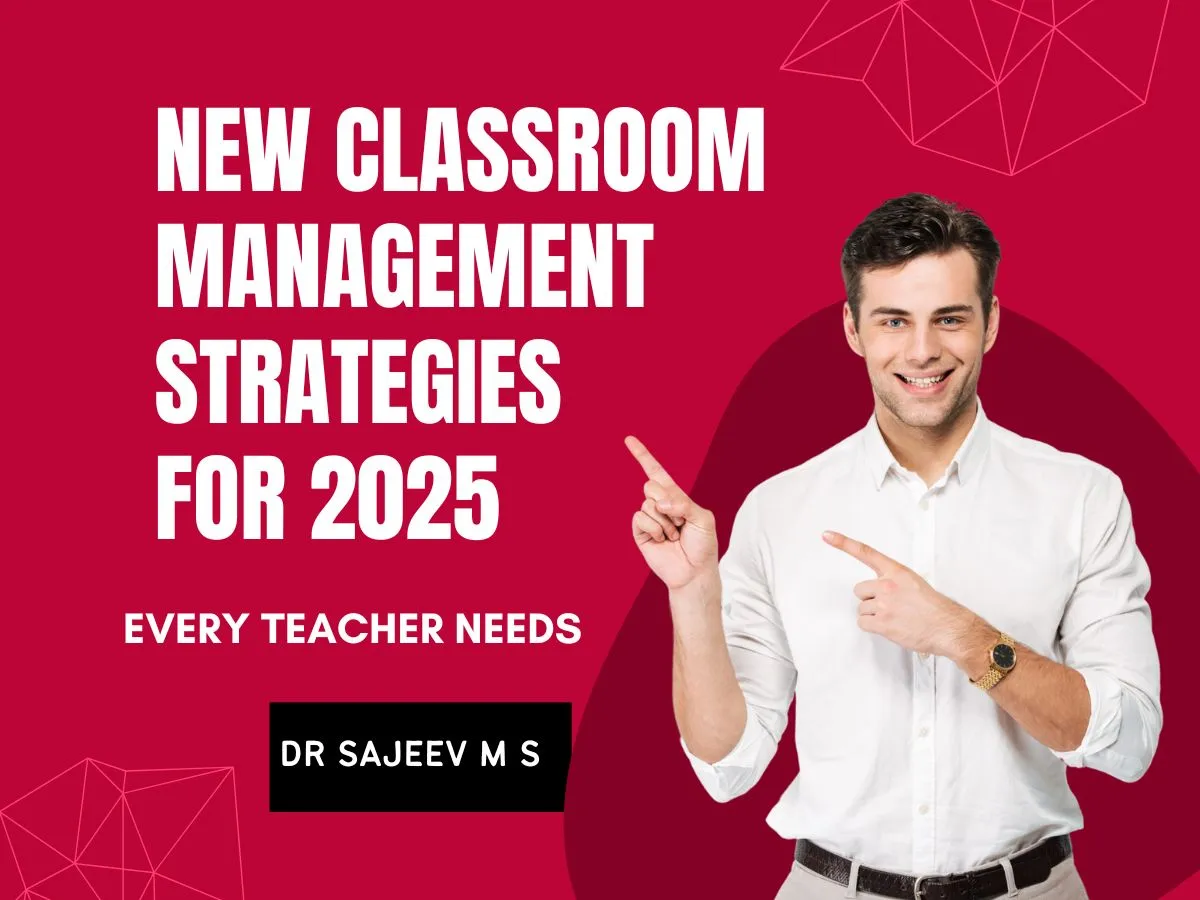The Importance of Special Education
Regardless of their circumstances, every child has the right to the same opportunities as others. Special education is critical for children with learning disabilities because it allows them to receive a quality education tailored to their specific needs. Every student can achieve their full potential with the help of special educators.
The Mission of a Special Educator
A special educator’s mission is to provide individualized support and instruction to students with a wide range of learning needs and abilities. They work with children who have learning difficulties, developmental delays, behavioural issues, or physical limitations to ensure equal access to education and success.
Assessing and Developing Individualized Plans
Special educators assess individual strengths and weaknesses, develop tailored learning plans, and modify teaching tactics to fit the specific needs of each student. Special educators collaborate with parents, teachers, and other professionals to provide an inclusive and supportive learning environment. Their determination enables students to overcome obstacles, gain confidence, and reach their full academic and social potential.
Teaching Methods and Approaches
Special education teachers design effective lessons for students with physical, intellectual, emotional, or learning disabilities. They frequently collaborate with other teachers to create activities that will assist students in achieving their specific learning objectives. They modify general education lessons and teach a wide range of subjects to students with mild to moderate disabilities. Still, they may also teach basic skills to students with more severe disabilities.
The Role of Special Educators in the Educational System

Special educators play an important role in the educational system, giving critical support to kids with a wide range of learning needs and abilities. Their importance stems from their capacity to foster inclusive learning settings in which every student can prosper academically, socially, and emotionally. They address specific obstacles and promote personalized growth by developing individualized learning programs.
Building Confidence and Belonging
Special educators help students with disabilities develop a sense of belonging and self-confidence, ensuring that they do not fall behind in their educational journey. They work in collaboration with parents, teachers, and therapists to promote holistic development and maximum potential. Finally, their commitment and competence enable all students to receive a high-quality education and reach their full potential.
Responsibilities of Special Educator
Make the Lessons
To ensure that the needs of students with disabilities are taken into account, special education teachers assist in developing lessons for inclusive classrooms. When planning lessons, teachers must consider the strengths and weaknesses, interests, and communication styles of their students. For particular students, they will produce supplemental learning materials that include visual, manipulative, textual, and technological resources. They should provide the necessary instruction to each student.
Education in the Classroom
Special education teachers deliver lessons at specific times throughout the day. They frequently sit next to or next to students to keep track of their progress and to offer any extra instructions or study materials. They ought to schedule appointments with psychologists, speech therapists, dyslexia coaches, and other experts. To increase opportunities for engagement, they might divide the class into more manageable stations or smaller groups.
Conduct Regular Evaluations
They should conduct regular assessments to assess whether students are meeting their academic objectives. Lessons must be evaluated regularly to ensure that they are challenging enough without overwhelming the students. They should schedule meetings with each student, their families, and certain staff members regularly to determine the student’s plan.
Communication
Communication with parents is also essential for the success of an inclusive classroom. Phone calls, emails, and other forms of communication should provide families with regular updates on their child’s academic, social, and emotional development. Parents can assist their children in preparing for classroom routines.
Conclusion
In conclusion, special educators are the foundation of the successful implementation of the integrated setup of the education system for the integrated learners to have chances equally as other normal learners with disparities in learning characteristics. Due to their commitment to developing an IEP, building confidence and overcoming the obstacles they guarantee that students reach their potential. As partners with parents, teachers and other specialists, special education professionals facilitate the physical, social, emotional and academic learning and the integration of children with disabilities into school communities. Their sincere commitment gives every learner a fair and fulfilling schooling experience, proving their importance for building a society where every student would succeed in all spheres, including academic, social and emotional ones.
You may like to read:-
New Trends in Education: Transforming Learning for the Future
Top Strategies to Implement Collaborative Learning for Better Student Outcomes
How to Become an Empathetic Teacher?
- How to Dominate Your Online Business With 5 Proven Digital Marketing Strategies
- How to Cultivate Critical Thinking and Problem-Solving Skills in Classroom
- Top Proven Mental Health Strategies for Schools in 2025-26
- Time Management for Teachers: How to Plan, Prioritize, and Perform Better
- How Parental Involvement in Education Shapes a Child’s Growth and Success
FAQ’s
1. Why is it important for students with learning disabilities to receive special education?
In layperson’s terms, it’s important for students with learning disabilities to receive special education because it will allow the students to get the education they deserve with their unique variations in learning. It allows the student to get additional help to help overcome their difficulties, boost their confidence, and be able to reach their highest social and academic potential.
2. What does a special educator do inside of schools?
Special educators develop IEPs, make changes to lessons, and assist students with disabilities. They will usually involve parents, general educators, and other specialists to create an effective educational program for the student and a productive environment for the other students.
3. How and what does a special educator use to develop an IEP for a student?
To develop an IEP for a student, the special educator must first assess the child’s learning, strengths, weaknesses, and their effect on learning. Information about the student can come from reviewing the child’s educational plans and documents, assessments, and observations and interviewing parents and other professionals. Once the special educator has assessed the child’s learning, strengths, curriculum, and/or learning gaps, they will develop an IEP, learning strategies, and resources, and note consultation with other professionals and teachers in general education.
4. What approaches do special educators use in their instruction?
Special educators use multiple instructional strategies based on a student’s strengths, weaknesses, and/or needs. Common instructional strategies special educators may use are differentiated instruction, visual supports, hands-on learning, small group instruction, and the use of assistive technology. Special educators often provide modifications to general education lessons and/or additional materials to students with disabilities who are in inclusive general education classrooms.
5. How do special educators facilitate students’ confidence and sense of belonging?
Special educators facilitate students’ confidence and sense of belonging by developing an accepting and inclusive environment conducive to learning. They advocate and support students to confidently participate in class, laud students when they succeed, and work with families to foster overall growth.



